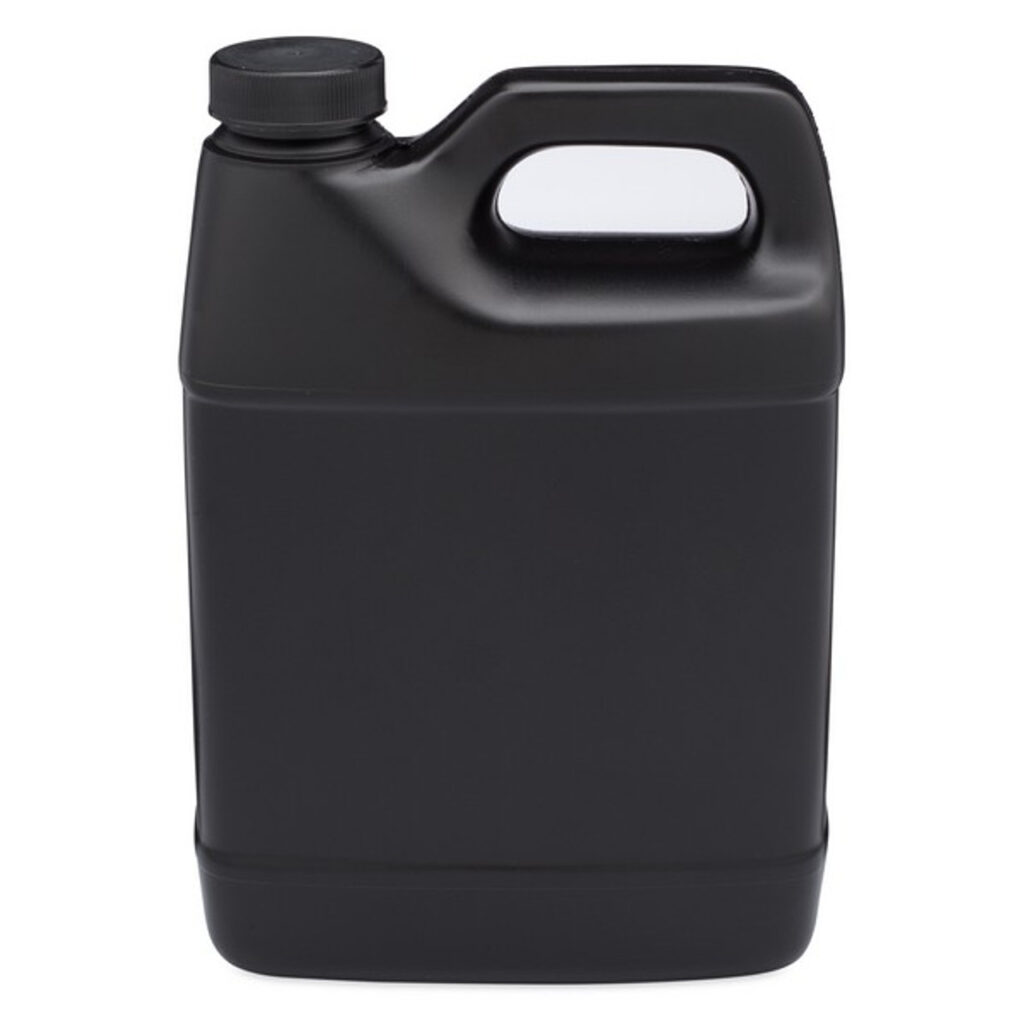UV/LED curable inks have become indispensable in the inkjet printing industry, thanks to their exceptional versatility and performance. These inks enable a wide range of applications that continue to expand the boundaries of inkjet printing. However, the highly reactive chemical composition of UV/LED inks demands proper storage and handling to maintain their performance, longevity, and safety for use. Neglecting these best practices can result in reduced shelf life at best and significant printer damage at worst.
Key Physical Properties and Storage Requirements
The physical properties of UV/LED inks must remain within the tolerances of both the printer and printheads. Maintaining these properties starts with proper temperature management. Ideally, UV/LED inks should be stored at temperatures between 5°C and 40°C (41°F to 104°F).
- Low Temperatures (<5°C/41°F)
If the ink is exposed to temperatures below this range, the dissolved solids in the ink can oversaturate and precipitate out of the solution. These precipitated particles are often too large for the printheads to process and are challenging to re-dissolve, even if the temperature is corrected. Ink exposed to such conditions should be discarded to avoid costly printer issues.
- High Temperatures (>40°C/104°F)
Elevated temperatures accelerate molecular activity, triggering polymerization reactions. Initially, inhibitors in the ink suppress these reactions, but once depleted, the ink undergoes irreversible changes. Key properties such as viscosity and surface tension drift out of specification, and the ink may form gels. These gels are particularly damaging and can lead to expensive, permanent printer damage. Avoid using ink stored at or above this temperature threshold.
Protection from Light Exposure
Light exposure, particularly UV light, is another critical factor in preserving UV/LED inks. While most ink packaging is designed to block light, minimal light penetration can still occur. Follow these guidelines to minimize light exposure:
- Store ink in areas away from direct sunlight, including windows and skylights.
- Use UV-filtering solutions for lighting and windows, such as films or bulb covers.
- Keep ink bottles in their original corrugated packaging for added protection.
- Avoid using flashlights or direct lighting to inspect ink bottles, as this can destabilize the ink.
Ventilation for Odor Control
Even in sealed containers, small molecules from UV/LED inks can migrate through the packaging, leading to noticeable odors in storage areas. A well-ventilated storage space helps mitigate these odors while ensuring a safer environment.
Best Practices for Ink Storage
For optimal performance and to prevent damage to your equipment, UV/LED curable inks should be stored in a temperature-controlled, light-protected, and well-ventilated environment. Adhering to these guidelines will extend the shelf life of your inks and safeguard your printer and its components from unnecessary wear or damage.
By following these best practices, you can ensure the consistent quality and reliability of your UV/LED curable inks while avoiding costly disruptions in your printing operations.
